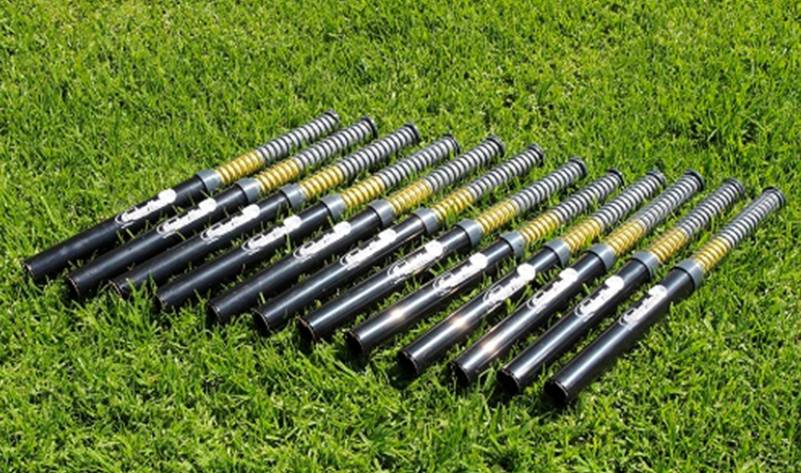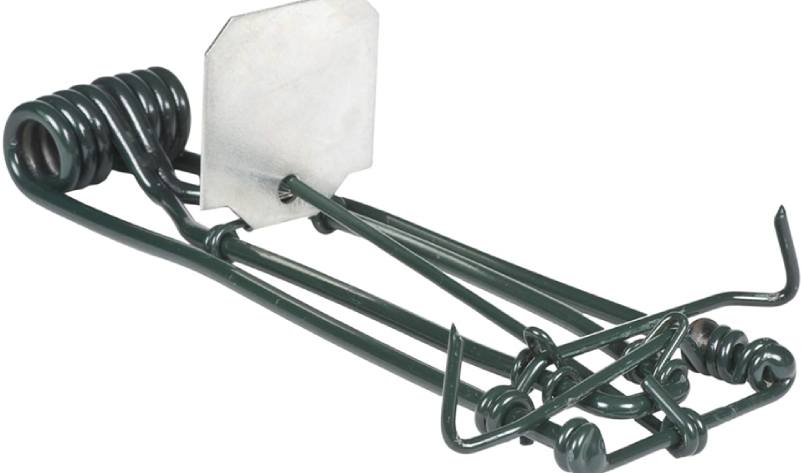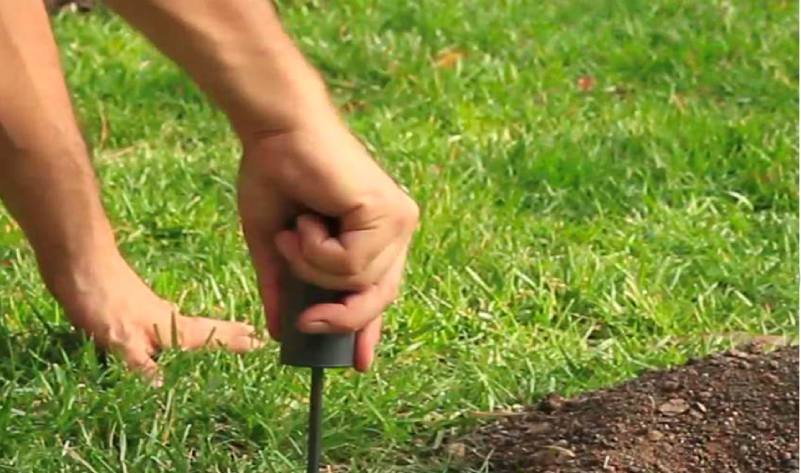Gophers can be a real nuisance for homeowners, wreaking havoc in yards and gardens. The solution? Gopher traps. This comprehensive resource will walk you through everything you need to know about gopher traps, including types, how to set and use them, and tips for effective gopher control.
Before diving into the specifics, it’s crucial to understand what gopher traps are and why they are necessary. Gophers, small burrowing rodents, can cause significant damage to your lawn and garden by creating tunnels and feeding on plants. Gopher traps are a humane and effective method to control these pests.
There are several types of gopher traps available, each with its own mechanism and effectiveness. The most popular types include:
Gopher Hawk Traps: These traps are known for their ease of use and effectiveness. Gopher hawk traps are designed to be set directly into the gopher tunnel without any digging, making them a convenient option for homeowners.

Traditional Gopher Traps: These are the classic, spring-loaded traps that have been used for years. They are effective but require precise placement and setting.

Choosing the Best Gopher Traps Selecting the best gopher traps depends on your specific situation. Factors to consider include the size of your yard, the severity of the gopher problem, and your comfort level with setting and handling traps. Gopher hawk traps are generally recommended for their ease of use and safety features.
Setting gopher traps can be tricky, but with the right technique, you can effectively control gopher populations. Here’s a step-by-step guide:


Using gopher traps effectively involves more than just setting them. Here are some tips:
When setting gopher traps, there are a few dos and don’ts to keep in mind:
Gopher traps are an effective way to control gophers and protect your yard and garden. Whether you choose gopher hawk traps or traditional traps, proper setting and usage are key. With this gopher trap resource, you’re well-equipped to tackle your gopher problem head-on.
Remember, patience and persistence are crucial. Gopher trapping may take some time, but with the right approach, you can maintain a beautiful and gopher-free yard.
Davis Pest Control © 2025 All Rights Reserved.